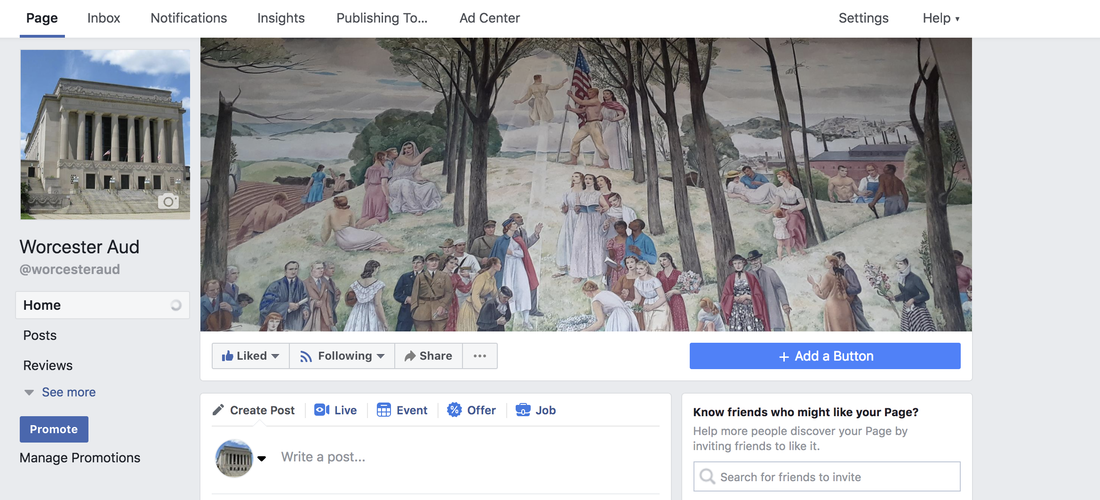|
The Aud featured again in a recent Telegram op-ed about renewed investment in Lincoln Square. The Worcester County Courthouse and former Boys Club, two vacant, historic buildings adjacent to the auditorium, are also slated for redevelopment. Nick Kotsopoulos writes: What is happening at the north end of downtown at Lincoln Square...is something that has the potential of being transformative for that part of the downtown, while also preserving three historic and architecturally significant buildings. A major gateway to the downtown, Lincoln Square has long had the unique distinction of being home to three white elephants: the former Worcester County Courthouse building, the former Lincoln Square Boys Club building and the Worcester Memorial Auditorium. All three buildings have been vacant and been long-neglected for years, and their futures appeared uncertain at best if not downright hopeless...But it appears that the pieces to the Lincoln Square puzzle are finally beginning to fall into place. The Architectural Heritage Foundation is pleased to announce the launch of the Aud restoration project Facebook page. We are excited to begin this next phase of community engagement. Follow and like our page at www.facebook.com/worcesteraud/ to stay up-to-date on project developments.
Yesterday we had the pleasure of hosting photographers Yves, Romain, and Alex at the Aud. They travelled all the way from Paris to photograph the Aud and other historic American theaters in need of restoration. For over ten years, they have been using art to call attention to these beautiful, endangered structures. Check out their work: http://www.marchandmeffre.com/theaters Thank you, Yves, Romain, and Alex! We look forward to seeing your pictures! On September 9, the Worcester Telegram featured the Worcester Aud redevelopment project in its news coverage. The article emphasized AHF's partnership with Becker College to explore possible uses of the Aud as a visual arts and technology center: City Manager Edward M. Augustus Jr. said the two parties are looking into the feasibility of converting part of the Lincoln Square landmark into a cutting-edge, interactive media, technology and arts center. He said it would support content creation, streaming, competitive gaming, online production and include an eSports venue, as well as collaboration, education, design and development facilities. Read the full story here: http://www.telegram.com/news/20180909/becker-tech-arts-center-emerges-as-possible-use-for-worcester-aud
Since the decision of the Pawtucket Red Sox to relocate to Worcester was announced last August, the team has been the talk of the town. Speculation abounds regarding the impact of the "WooSox" on the city's economy and real estate market. One thing seems certain: construction of the new Polar Park stadium in the Canal District will unleash a development boom that could Worcester's transform post-industrial downtown into a bustling urban center.
See Bisnow's coverage of the WooSox and real estate development in Worcester. |
AuthorArchitectural Heritage Foundation (AHF) is working to preserve and redevelop the Worcester Memorial Auditorium as a cutting-edge center for digital innovation. Archives
May 2022
Categories
All
|

 RSS Feed
RSS Feed